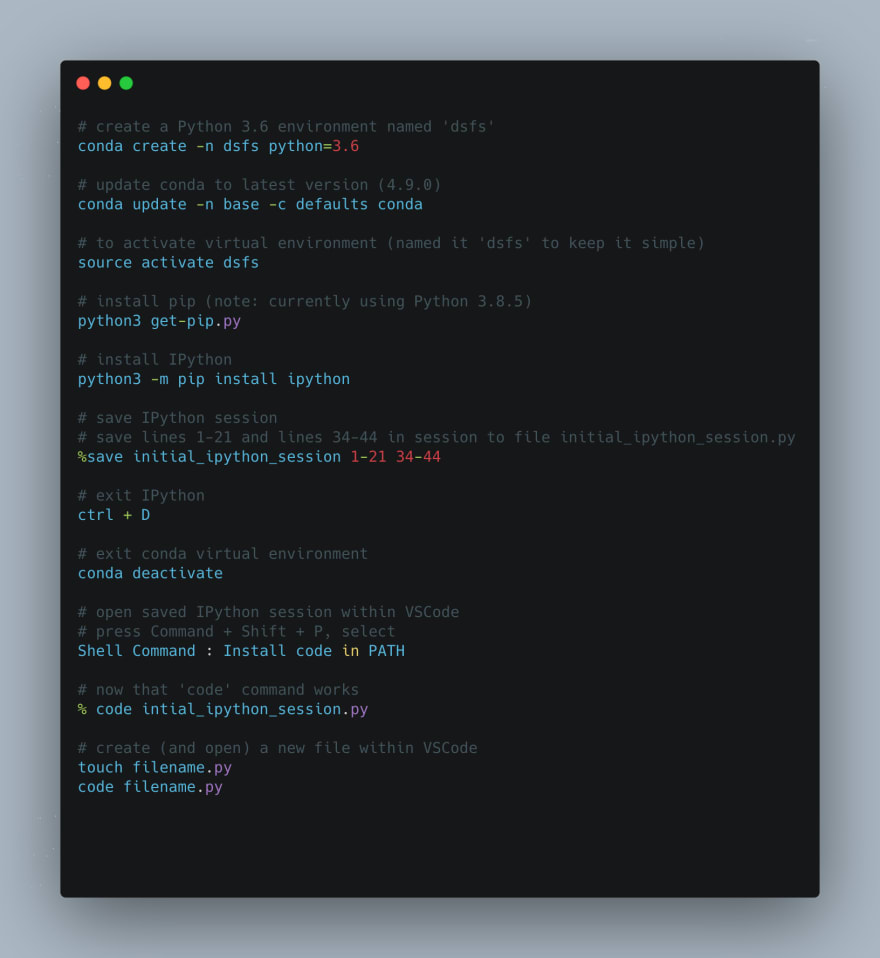Data Science from Scratch: Intro & Setup

Paul Apivat
Posted on October 24, 2020

After diving head first into machine learning roughly 47 days ago, I'm taking a step away from libraries like scikit-learn, tensor flow, even matplotlib and numpy to go back to the basics (note: I provide a rationale here).
Starting with this post, i'll be documenting my progress through Joel Grus' Data Science from Scratch (DSFS).
As a newcomer to Python (coming from R), it took a minute to understand the Python 2 vs 3, and explore the various tooling options. I tried out Spyder, Pycharm, then finally settled on the Anaconda Distribution platform to access Jupyter notebooks.
Coming into this book, I knew Joel Grus didn't like notebooks.
edit 10.29.2020: Jeremy Howard of fast.ai offers a contrasting perspective. He does like notebooks.
I'm going to wait till I get to the end of the book to make a personal verdict. As a relative newcomer to Python, i'm not attached to notebooks, but have found some features to be nice (i.e., in-line plotting). I'm open to having my mind changed and I'll take the author at his word.
He states explicitly that its good discipline to "work in a virtual environment, and never use the 'base' Python installation" (p. 17). Fortunately, I had already gone through the process of setting up Python 3.8.5. My next task was to setup a virtual environment and install IPython. My IDE of choice is VSCode.
I'm happy to report that the setup process was relatively painless. I learned to setup a virtual environment for any work related to Data Science from Scratch and have started playing around with IPython.
The following are good to know: entering and exiting the virtual environment (I use conda). Entering and exiting an IPython session. Saving the IPython session, specific lines, to a .py file. Opening said .py file directly from terminal within VSCode and making edits. Creating and opening .py file within VSCode.
The commands I use to do the following with commented explanation are as follows:
In the next post, we'll get into functions.

Posted on October 24, 2020
Join Our Newsletter. No Spam, Only the good stuff.
Sign up to receive the latest update from our blog.
Related

November 17, 2024



